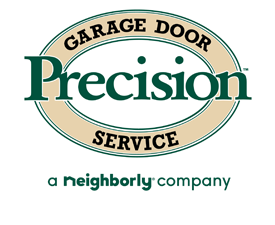We understand that garage doors and their many parts aren’t in the arsenal of the average customer’s knowledge. It is a very specific topic that only expert technicians know much about so when you need to have your garage door repaired or a part replaced, it can feel quite confusing. We want to help our customers understand every part of the process with a quick list of some garage door terminology, all of the parts that are very important to the door.
Panels – These are the sections of the garage door, put together to form the entire piece. These panels are usually injected with insulation, from single to triple layers.
Insulation – This is what allows your garage door to stop the flow of cold and hot temperatures from entering the garage and thus your home, changing the internal environment and wasting energy. Different materials have different levels of insulation.
R-value – The measurement of a garage door insulation’s ability to resist heat flow or the transmission of energy. The higher the R-value, the greater the insulating power.
Polystyrene – One of two kinds of insulation used in garage doors, polystyrene is the less expensive. Made into sheets that are attached to the individual panels of your garage door with different levels of thickness, known for its easy installation.
Polyurethane – The better insulation but more expensive, with a much better R-value. Polyurethane foam is injected into all of the panels and adds stiffness and strength to your door and provides great compression and thermal resistance.
Torsion springs – These springs are mounted above the opening of the garage door and exert force or torque by twisting. The spring turns the shaft which raises or lowers your garage door. They are known for being smoother in operation than extension springs, longer lasting, and safer.
Rollers – These are the steel wheels that let the sections of your door to roll along the track, which need to be maintained, frequently cleaned, and lubricated.
Track – The metal pieces that forms the pathways for the rollers to move up and down to open and close your garage door. There are vertical and horizontal tracks.
This is the beginners level guide to garage doors, to help you understand what your technician is talking about when they mention spring repair, insulation, or the R-value of a brand new door. Our expert technicians will always walk you through the process and answer any questions you may have but it is always nice to be be able to follow along with any important conversation that involves your home. Call today to talk to our experts or to schedule an appointment!
